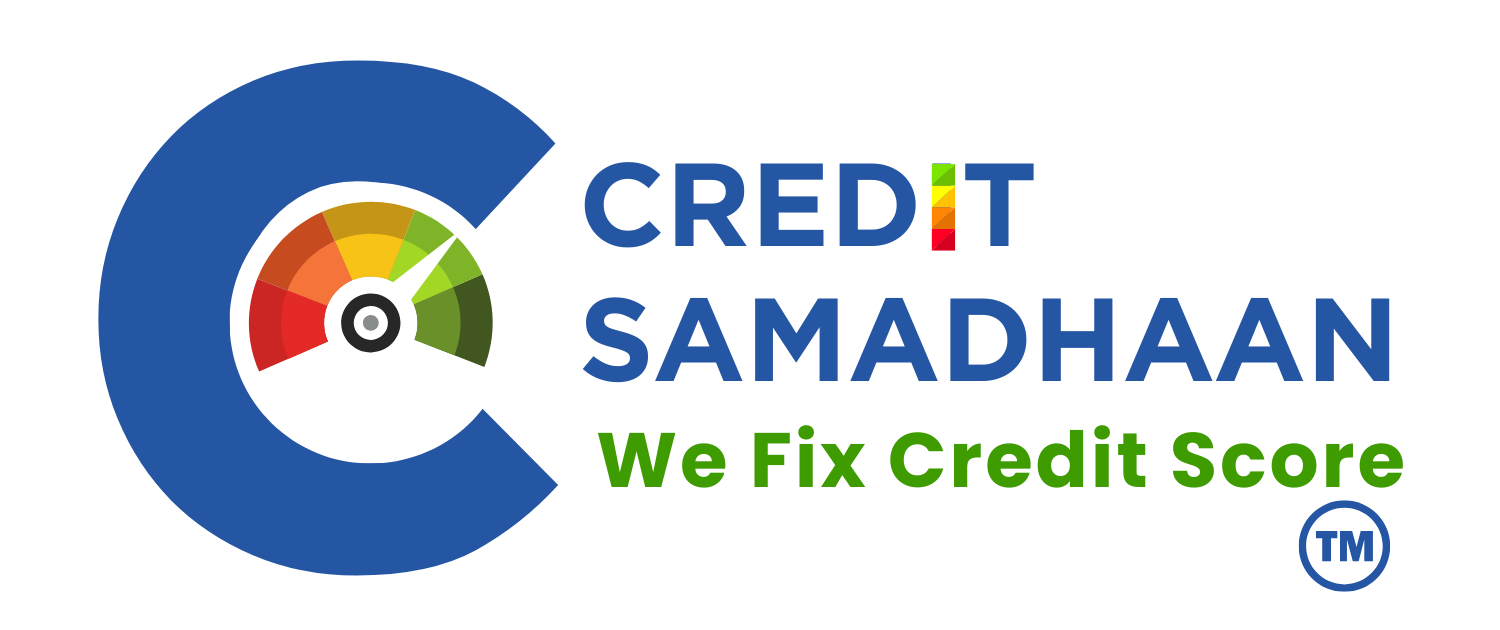What to Do If Your Credit Score Is Affected by High Credit Utilization
Introduction:
Credit scores play a significant role in our financial lives, impacting our ability to secure loans, mortgages, and credit cards. One crucial factor that affects our credit score is credit utilization – the percentage of available credit that you are using at any given time. High credit utilization can significantly impact your credit score, making it essential to take proactive steps to address this issue. In this blog post, we will explore what you can do if your credit score is affected by high credit utilization, providing detailed information, benefits, and answering frequently asked questions.
Information:
When it comes to credit scores, credit utilization is a critical factor that is often overlooked by many consumers. Credit utilization refers to the ratio of your outstanding balances to your total credit limits across all of your credit accounts. A high credit utilization ratio indicates that you are using a large percentage of the credit available to you, which can be seen as a red flag by creditors and negatively impact your credit score.
Benefits:
Addressing high credit utilization can have several benefits for your overall financial health. By lowering your credit utilization ratio, you can improve your credit score, making it easier to qualify for loans, credit cards, and better interest rates. Lowering your credit utilization can also reduce the risk of defaulting on your debts and help you maintain a healthy financial profile in the long run.
Why:
High credit utilization can signal to lenders that you may be overextended financially and have a higher risk of defaulting on your payments. This can result in lenders viewing you as a high-risk borrower, leading to higher interest rates, lower credit limits, or even denials for credit applications. By taking steps to lower your credit utilization, you can demonstrate to lenders that you are responsible with your credit and reduce the perceived risk associated with lending to you.
Frequently Asked Questions:
Q: How does credit utilization impact my credit score?
A: Credit utilization accounts for 30% of your FICO credit score, making it one of the most significant factors influencing your creditworthiness. Keeping your credit utilization low shows lenders that you are managing your credit responsibly.
Q: What is considered a high credit utilization ratio?
A: A credit utilization ratio above 30% is generally considered high and can start to negatively impact your credit score. Ideally, you should aim to keep your credit utilization below 30% to maintain a healthy credit profile.
Q: How can I lower my credit utilization ratio?
A: You can lower your credit utilization ratio by paying down your existing balances, requesting a credit limit increase, or opening a new credit account to increase your available credit. Additionally, you can try to use your credit cards less frequently to reduce your overall spending.
Q: How long does it take to see improvements in my credit score after lowering my credit utilization?
A: While individual results may vary, you may start to see improvements in your credit score within a few billing cycles after lowering your credit utilization. It’s essential to continue practicing responsible credit habits to maintain a healthy credit score in the long term.
Conclusion:
High credit utilization can have a significant impact on your credit score and overall financial well-being. By understanding how credit utilization works and taking proactive steps to lower your ratio, you can improve your credit score, qualify for better credit terms, and demonstrate your creditworthiness to lenders. Remember to monitor your credit utilization regularly and make adjustments as needed to maintain a healthy credit profile. By following these guidelines, you can take control of your credit score and pave the way for a more secure financial future.








